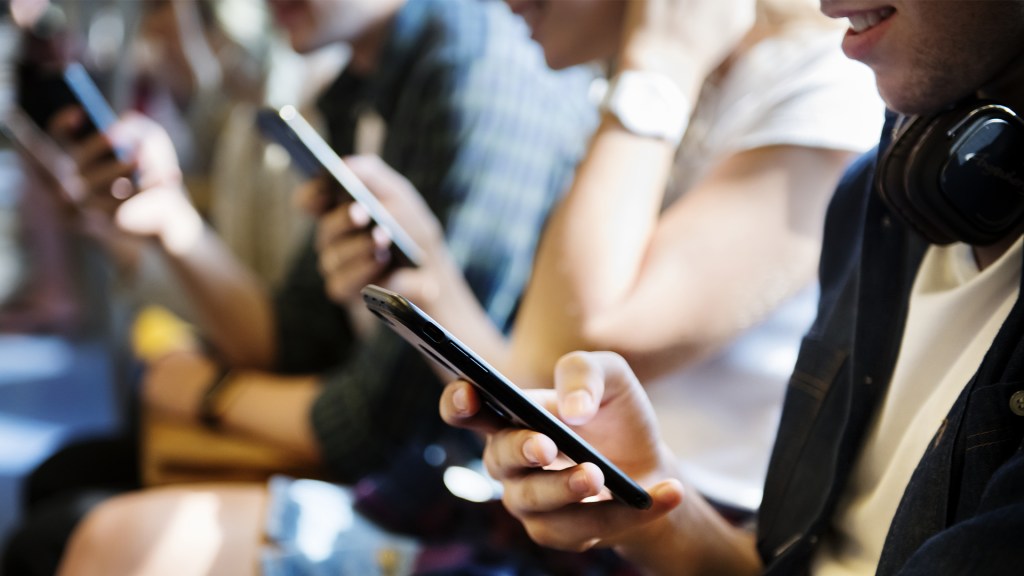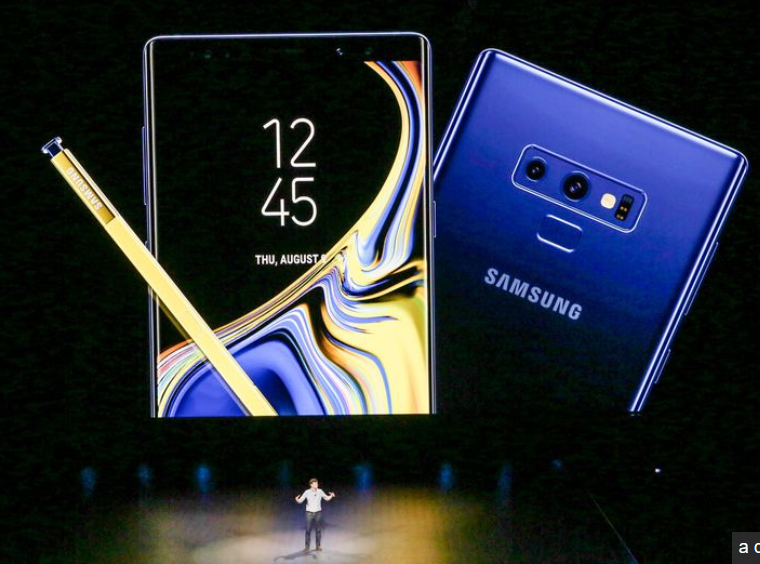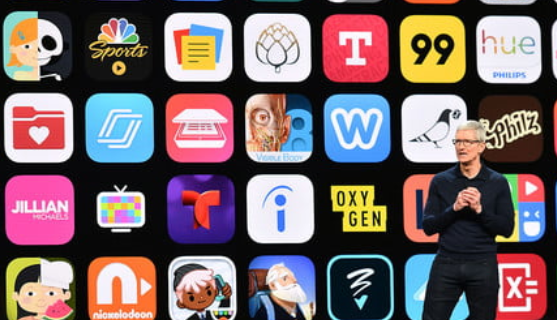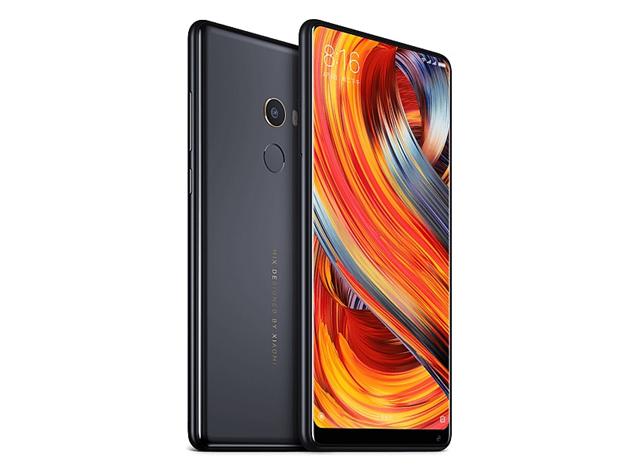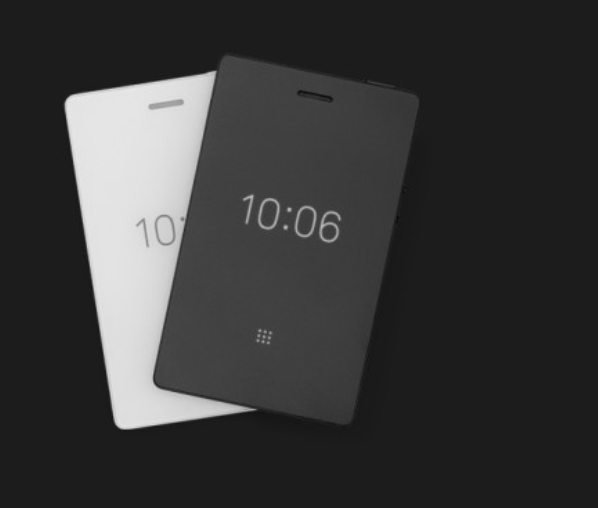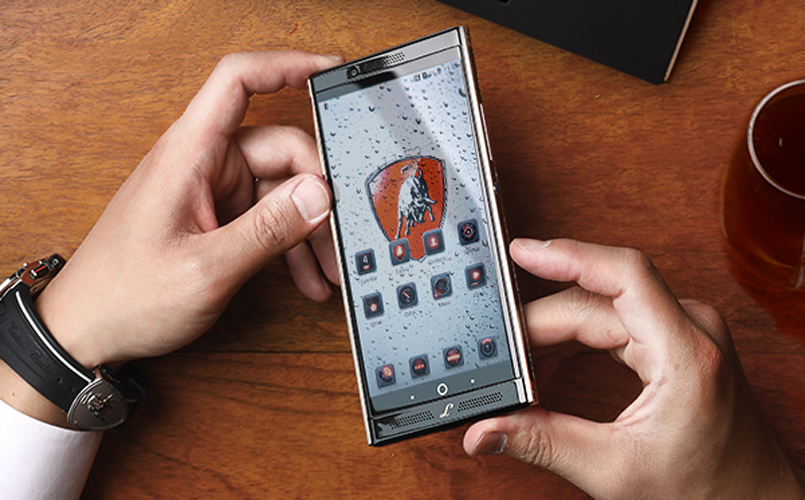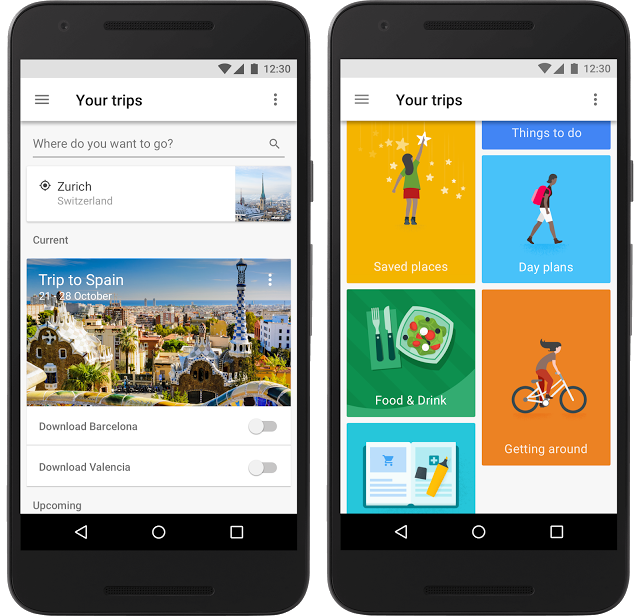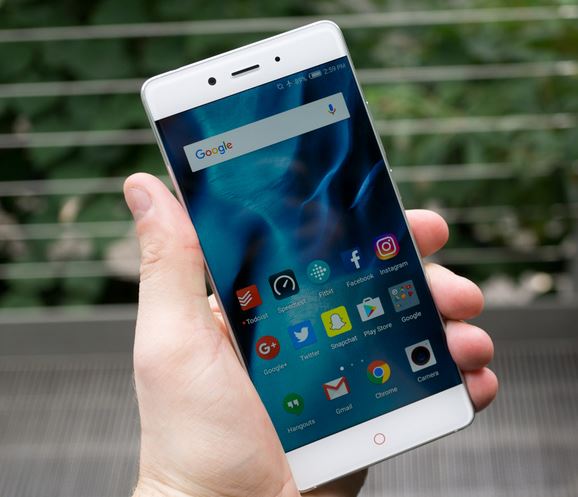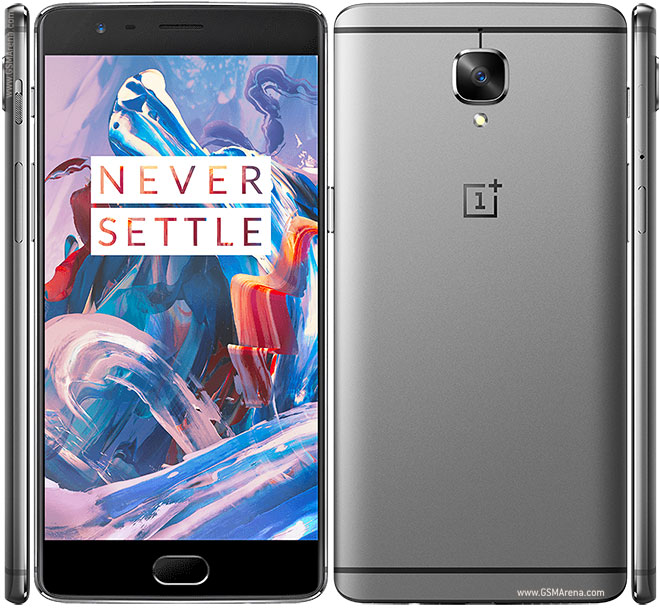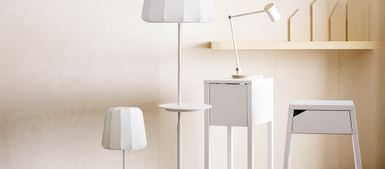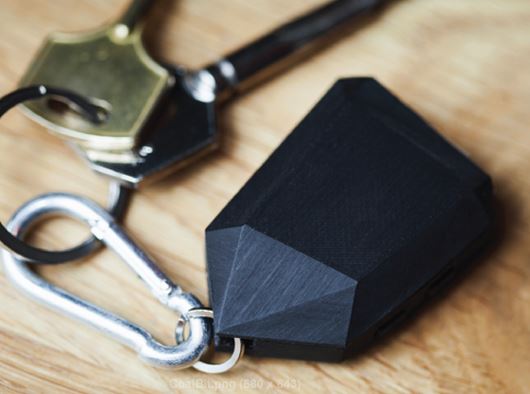Smart SMS Marketing
Texting Senior Living Prospects
You know how the stereotype goes. “Older people don’t use technology.” “Smartphones are too complicated for seniors.” “A flyer or a phone call is the only option.” Reality, as it turns out, begs to differ. According to an AARP survey, over 90 percent of older adults use technology to stay connected. And among those surveyed, […]

